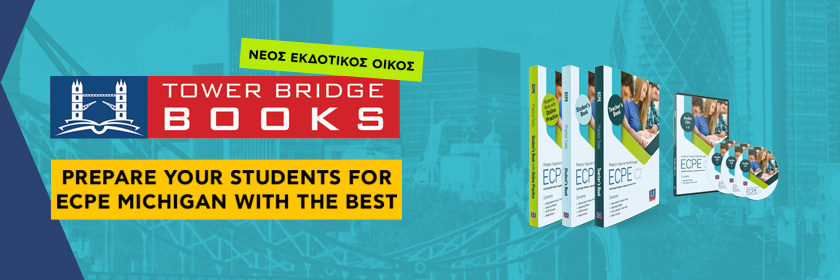They’d apologize and work for a bit but fall back asleep moments later. After having the same conversation multiple times in a class, they eventually stopped apologizing and became nonresponsive.
Instead of feeling anxiety about zeros piling up and risking pushing a student into resenting me, I have adopted a self-paced class structure with on-demand, mastery-based assessments and unlimited retakes until the end of the unit. This approach allows me to monitor learning rather than assignments. I spend my time working with kids in their zone of proximal development both academically and in terms of their habits as a student. Growth might not always be measured in the grade book, but it is visible in their improved work completion and classroom culture.
LOOK FOR INDIVIDUAL INTERESTS
Tailoring lessons to students’ individual interests can motivate students who are struggling. For example, Diego showed interest in graphic novels. When I saw him reading manga, a Japanese form of a graphic novel, I asked him why he liked it and what he wanted to read next. I asked for a list of books we should have in our library, and I bought one of them and slid it to him the next time I saw his head down. He popped up and started reading.
Determine individual student interests by paying close attention to students. I often use the acronym A.B.C.D.: “Always Be Collecting Dots.” Every detail you can retain about a student fits into a larger arc of understanding necessary to build that relationship. Small, seemingly insignificant details, such as the sticker on their binder, the music they listen to at lunch, or the video game they mention in class, are all dots that can connect to give a teacher a better understanding of each student.
FOCUS ON MASTERY
I sequence classwork reading for the monthlong unit with comprehension quizzes as students finish readings. Skill-based lessons are available through text or in-class pullouts that become mandatory for students lagging behind. I set up a mini-classroom on one side of the room with a rolling whiteboard and about eight desks. While other students work at their own pace, I teach mini-lessons on common misconceptions to students who are lagging.
The end-of-unit essay and rubric are available for anyone to attempt when they felt ready. I keep a tracking board up with pins that students could move from assignment to assignment as they progressed. This same process could easily be set up in a shared spreadsheet. Give students permission to access their specific row to create public accountability without any direct confrontation.
ALLOW RETAKES
Allowing unlimited retakes doesn’t mean omitting deadlines. Provide a specific time period for students to complete a retake. I usually allow students to retake any assessment with proof that they studied. I use study guides and more open-ended questions on the retake than the original. If the assessment gets more nuanced over time, the incentive is to do well the first time.
Retakes require flexibility. There may be a mad dash in the final days of the unit, or some students may finish early—a few of my students will crush my extension project for early finishers. I then ask them to help other students and find other tasks for them to complete.
FOCUS ON RELATIONSHIPS
Have conversations about students’ plans for success and debriefs about those plans gone awry. When Diego put his head down, our conversation moved from “You have work to do” to “It seems like something is getting in your way.” A student may not want to talk. When I show patience and approach the student when he or she is receptive, I am able to start a non-threatening conversation.
As I talked with Diego, I learned about his struggles. He shared that his motivation drops when he’s overwhelmed with life or assignments, and I let him know that it was OK to feel any way but that we needed to communicate about it so I could meet him where he was. We developed a rating system on a sticky note so he could privately tell me how he was feeling during class. I would place a note on his desk, and he would write a number from 1 through 5, where 1 meant he was struggling and 5 meant he was ready for anything. As I circulated through the room, I could glance at his response and know his level without any conversation. Initially, he gave a lot of low responses, and I responded by allowing him some space.
Over time, the numbers increased, as did his participation. One day, after almost two weeks of being unproductive, he walked in and said, “Mr Davidson, I want to work today.” I went through the unit materials and picked out those most central to the essay prompt. He read them, asked questions, and passed comprehension quizzes. He joined one of my small-group mandatory writing mini-lessons, and before the unit wrapped up, he turned in a complete essay.
Recentering the focus on relationships and allowing for individual pacing and mastery can improve interactions and performance. Self-driven learning gives students autonomy and input in the learning process.
By Derek Davidson








